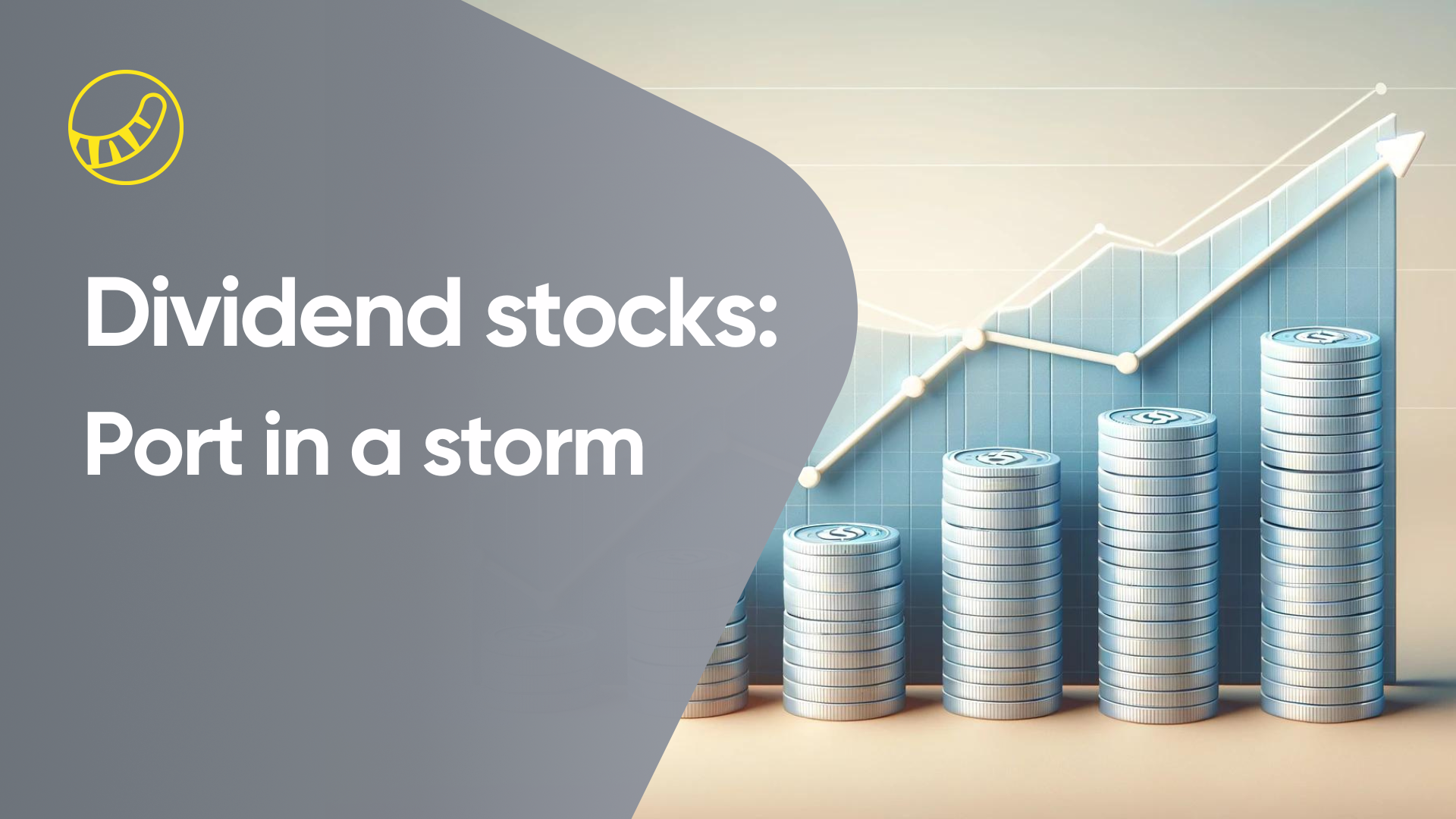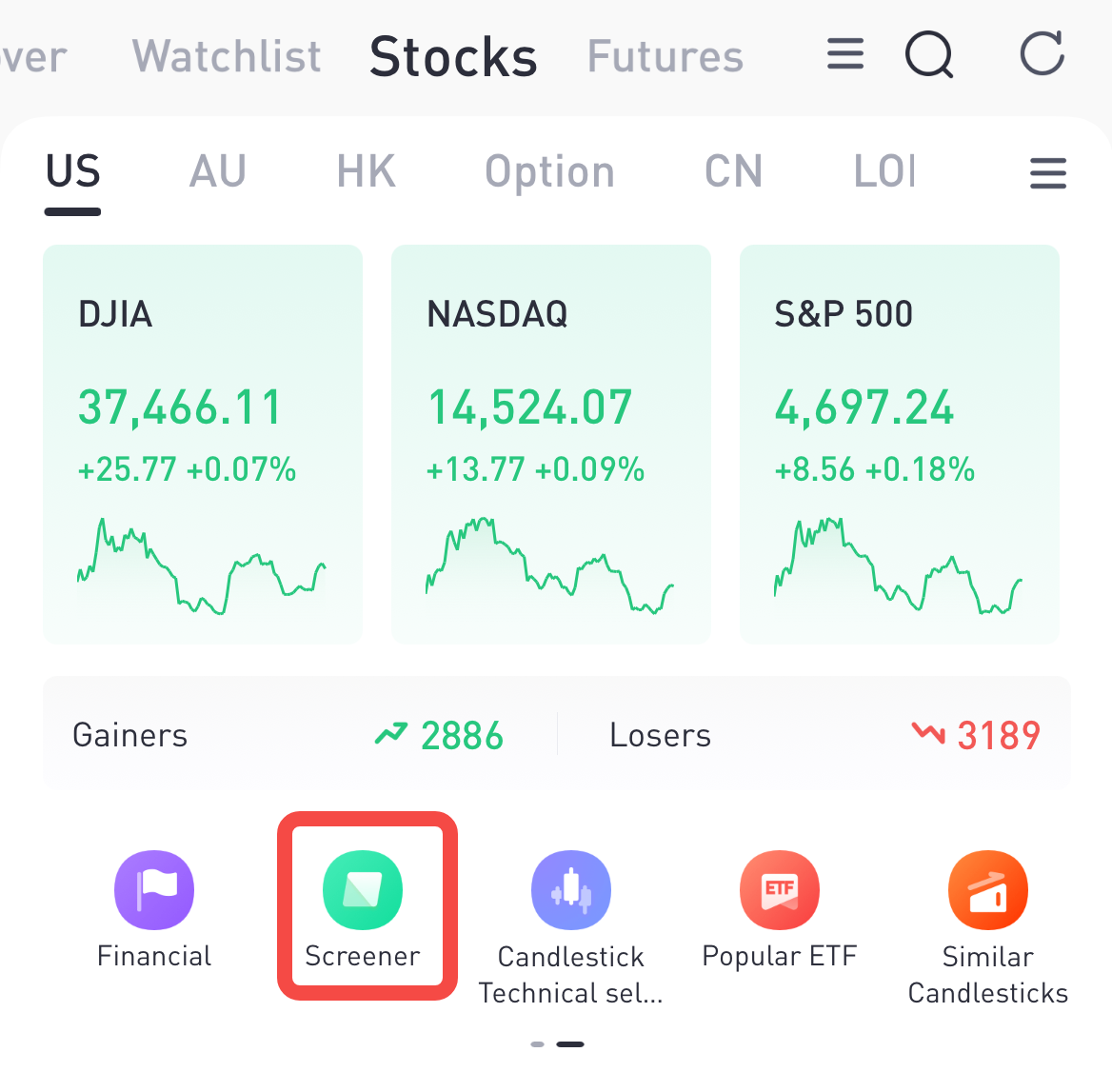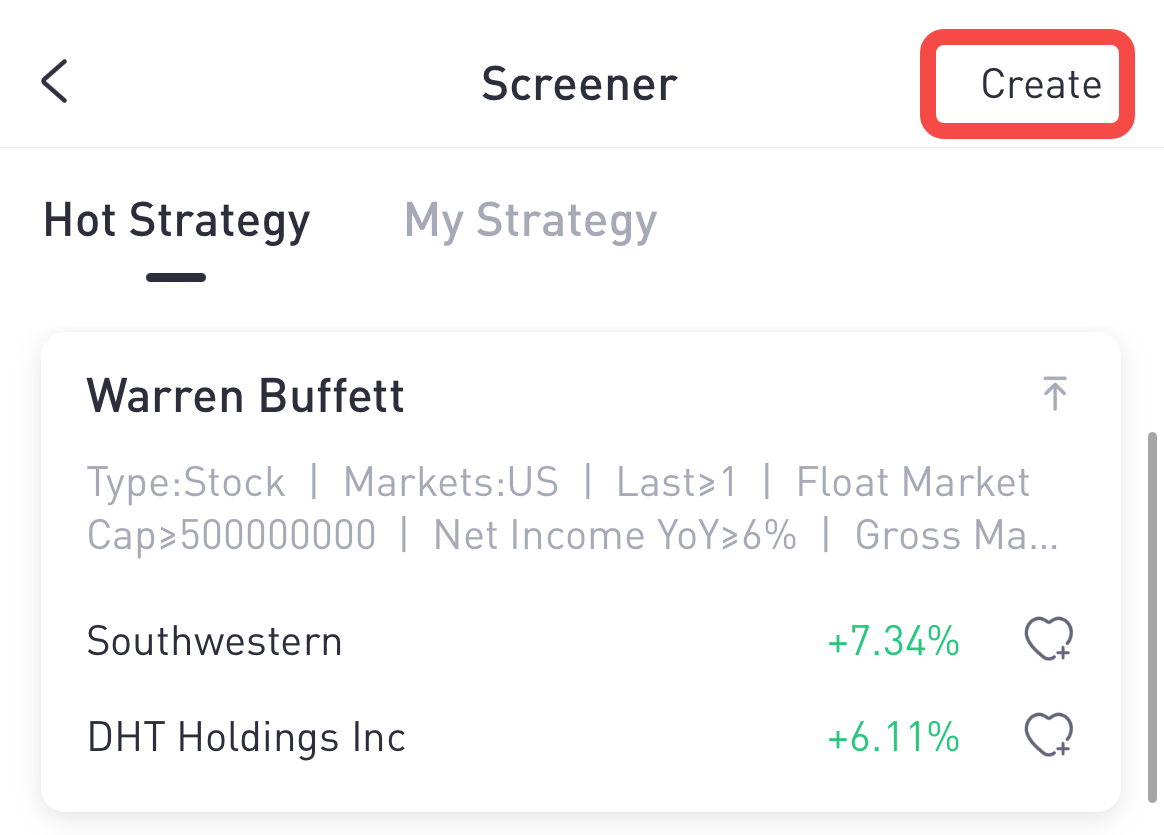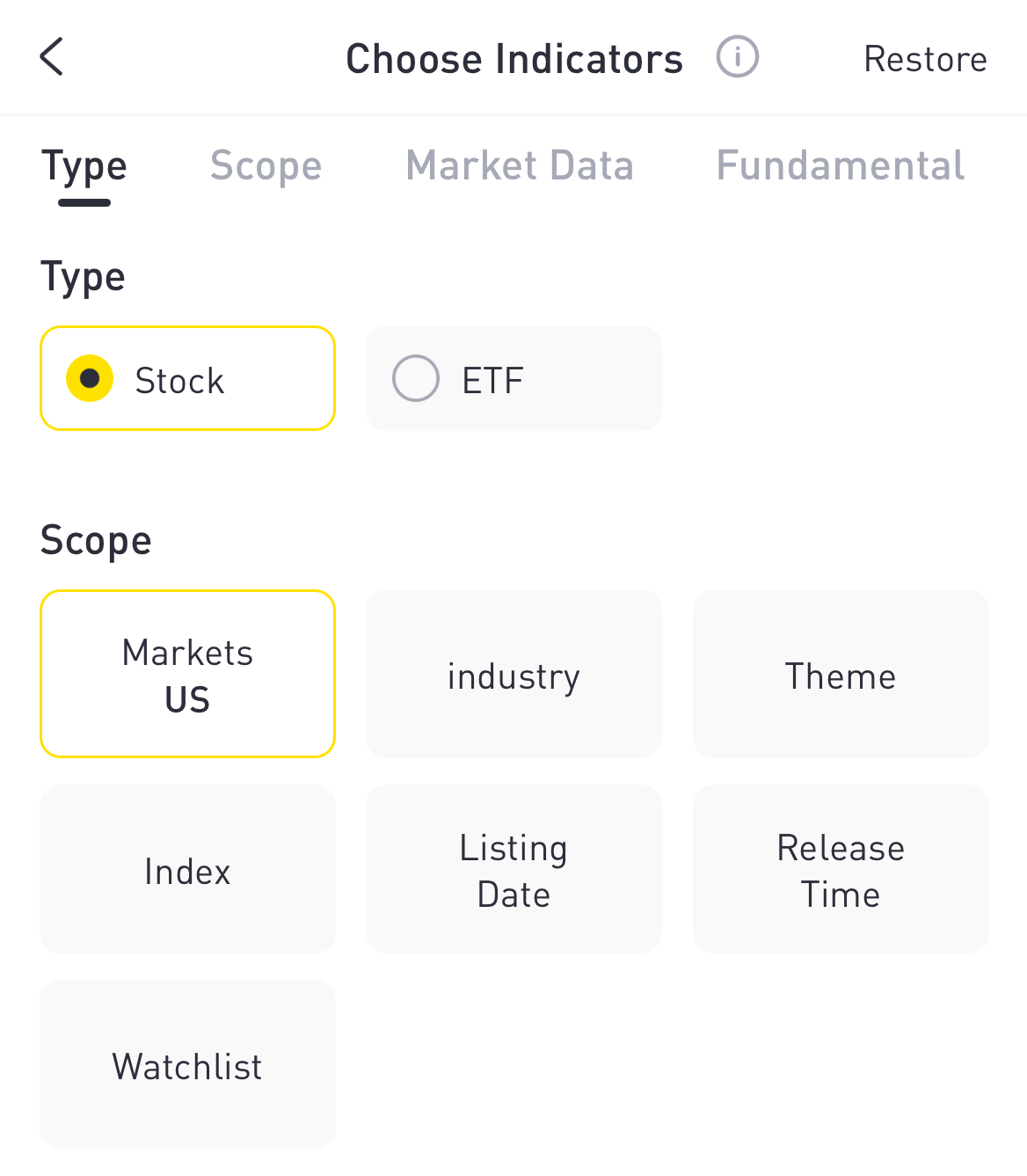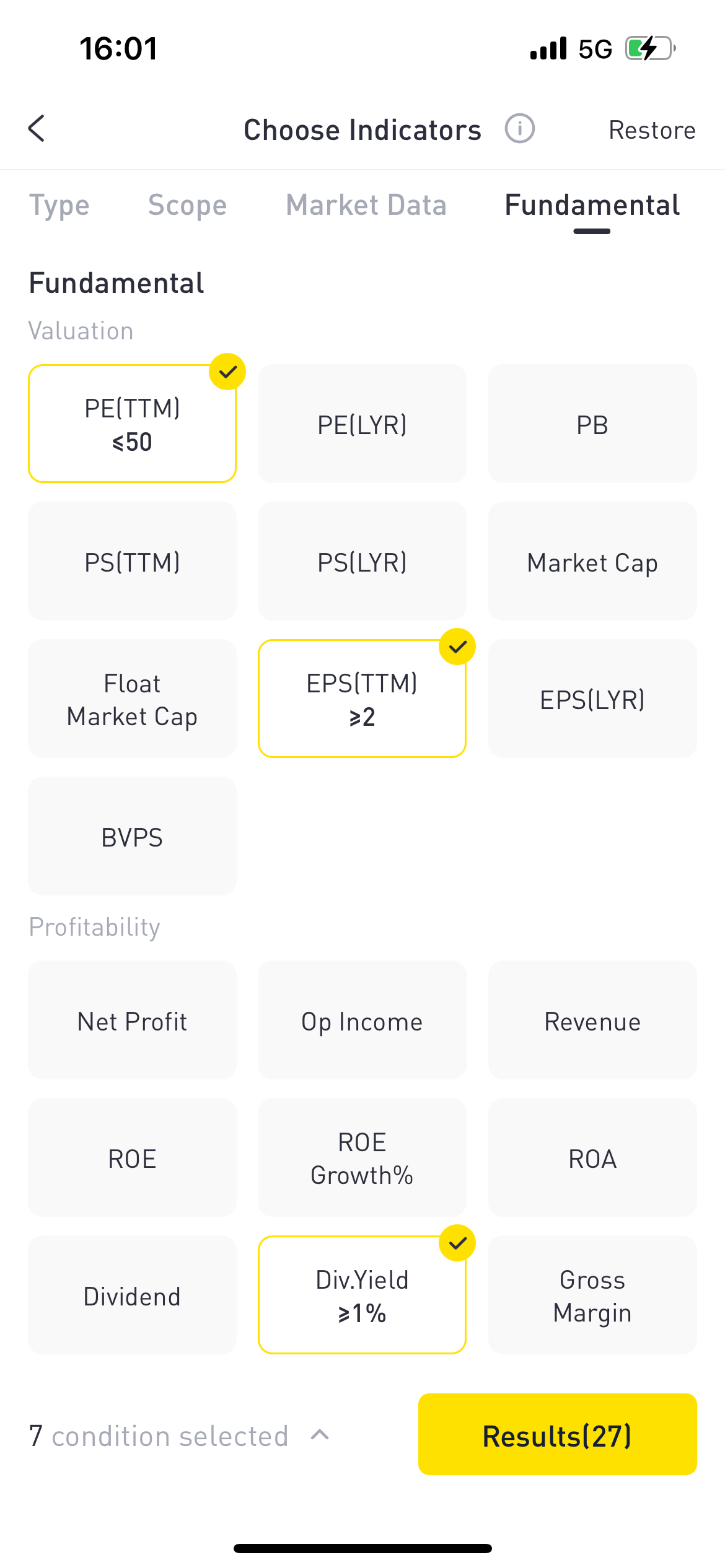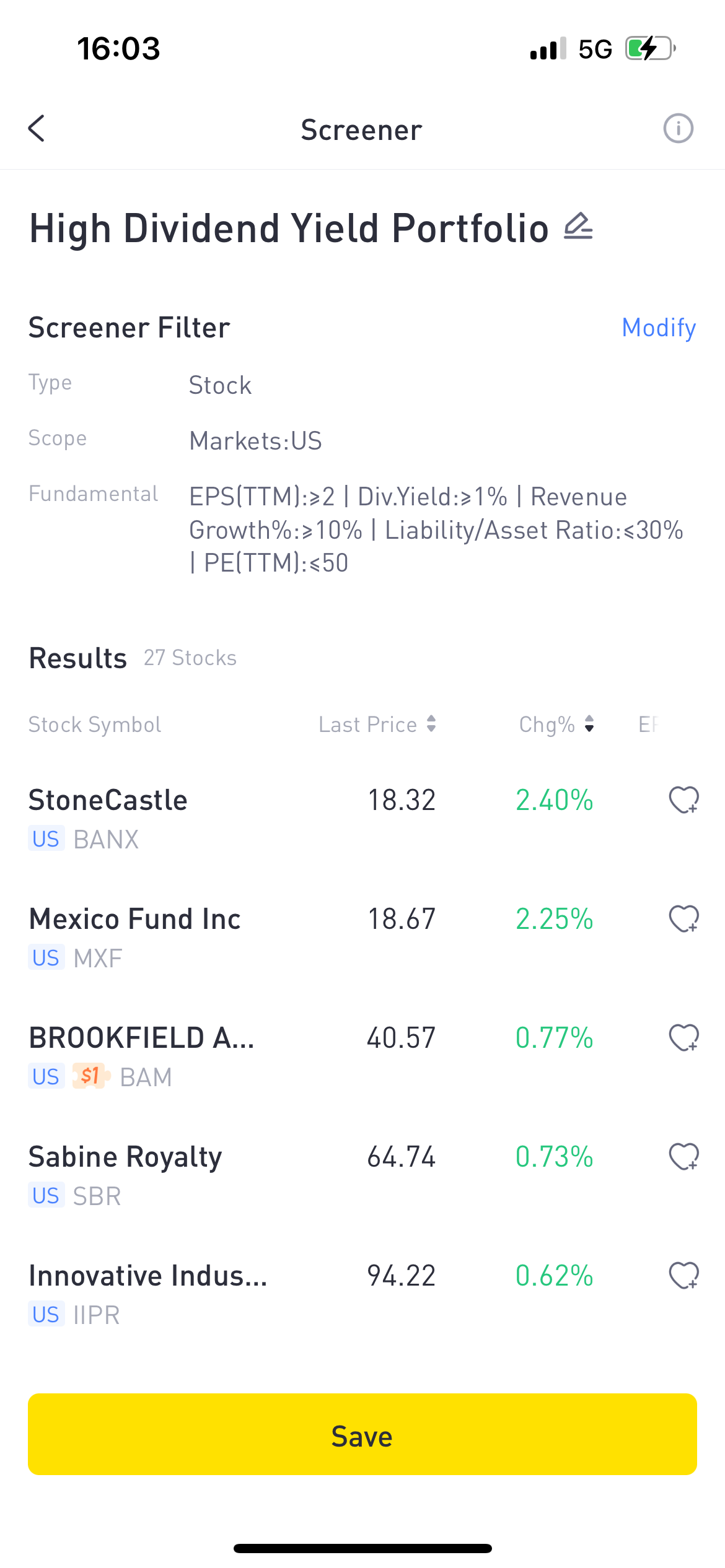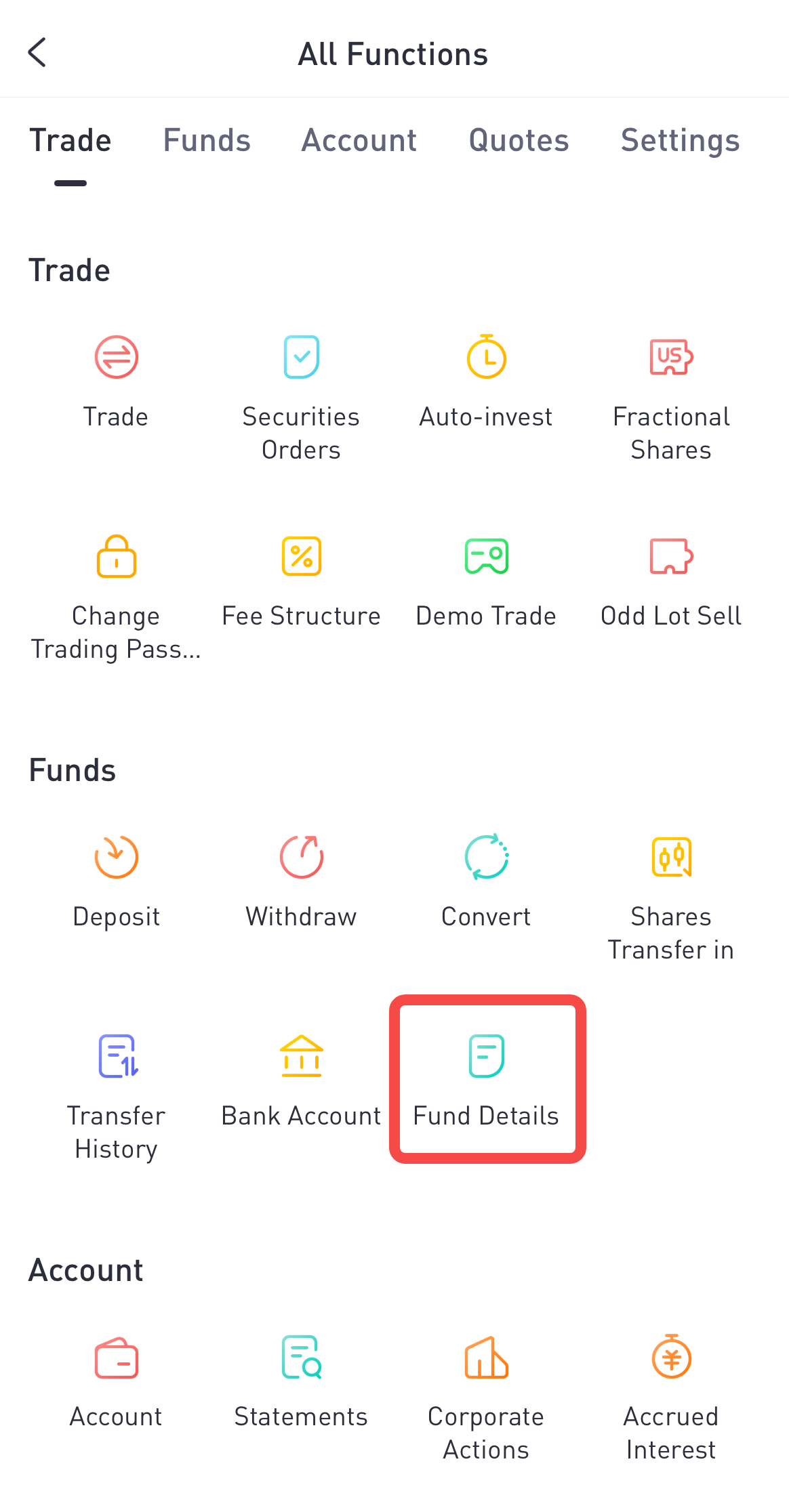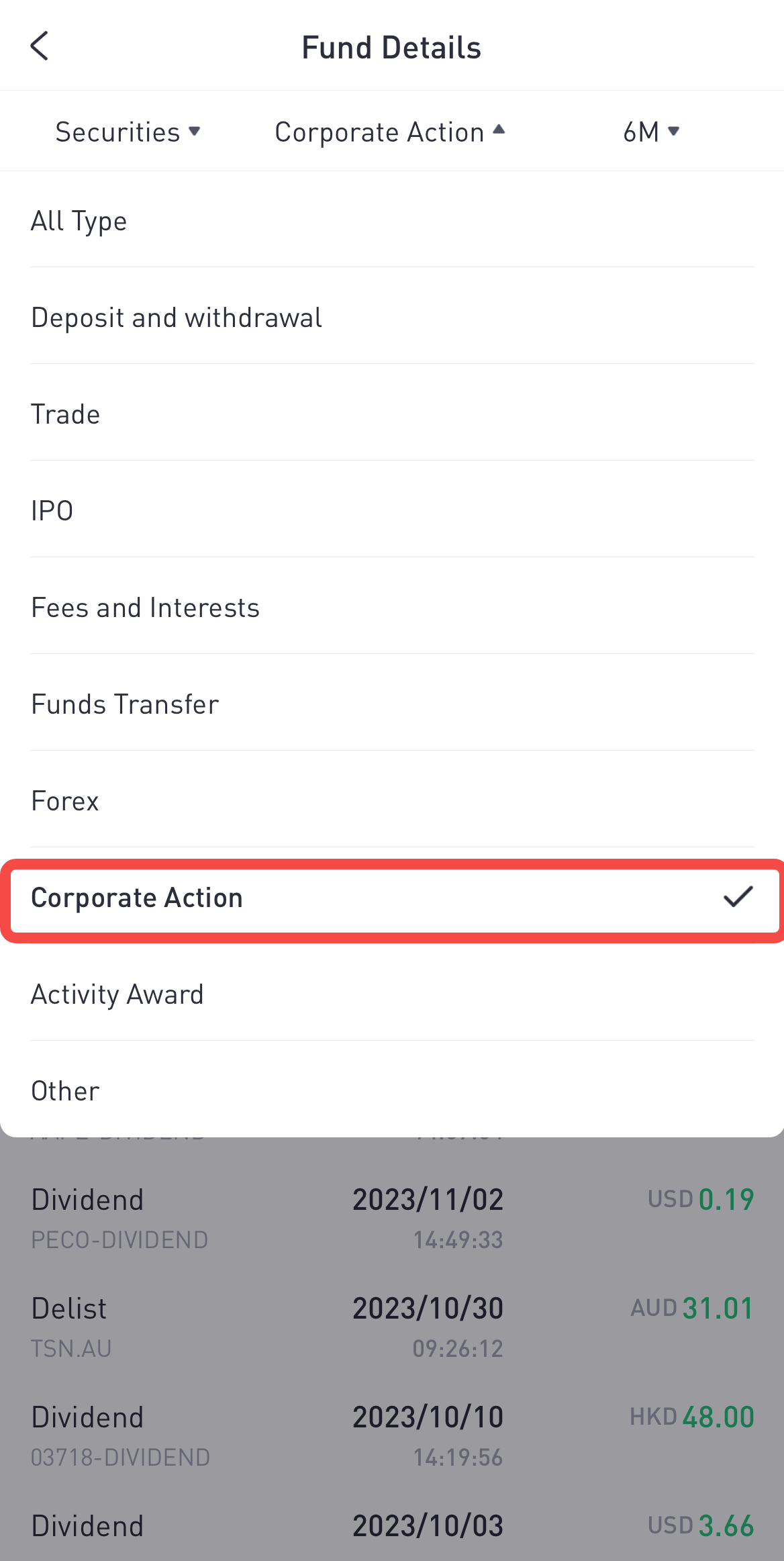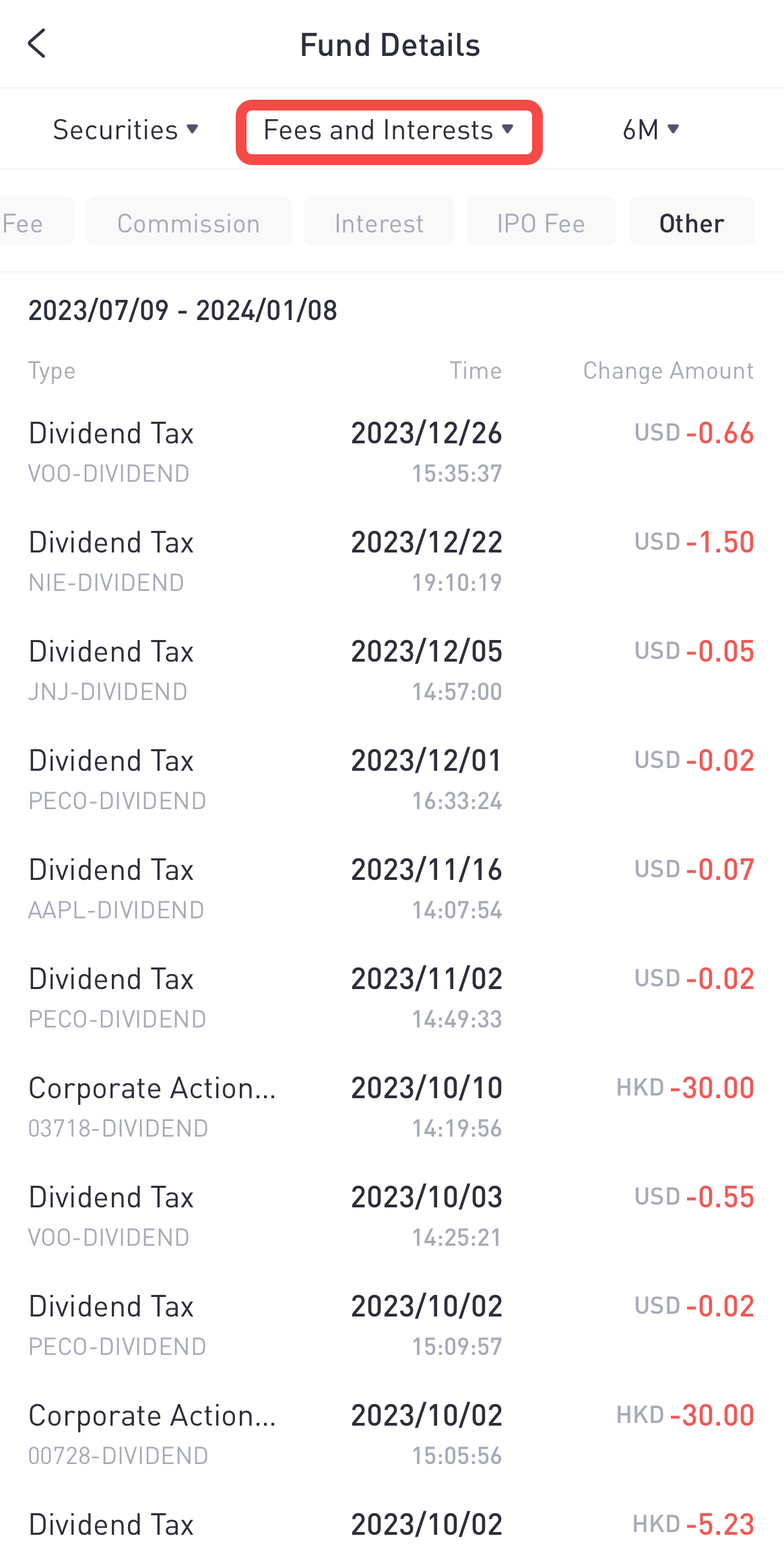Who doesn't like the idea of earning money while they sleep? As the phase of interest rate hikes concludes, the yield on 10-year U.S. Treasury bonds has dipped to around 4%. In 2024, interest rates are expected to trend downwards. Typically in such scenarios, dividend stocks offer higher yields than bonds to offset the additional risk associated with stock investments. Capital is likely to flow into high-dividend stocks, boosting their prices. Dennis Debusschere, president of 22V Research, forecasts: ' Expect [dividend growth stocks] to keep working as interest rates decline.*' So, what's the best strategy for picking top-performing dividend stocks?
When picking dividend stocks, here's what you should keep an eye on:
Look for Long-Term Winners
You want companies that have been consistently doing well, not just those who had a good quarter or two. Aim for ones showing steady growth in their profits, somewhere between 5% and 15%. Super-high growth can be risky, sometimes those companies hit a rough patch and their stock prices take a hit.
Cash is King
Make sure the company has a good flow of cash. This is key for them to keep paying out dividends. A good sign is if they've been paying solid dividends for at least five years.
Watch Out for Debt
Stay away from companies buried in debt. They're likely to use their cash to pay off debts instead of paying you dividends. A quick tip: check their debt-to-capital ratio. If it's over 2.00, better to pass and find a better option.
Follow Market Trends
Don't just look at the company's numbers, think about where their industry is heading. Staying informed with current news is beneficial. For example, with the aging baby boomer population, healthcare services are likely to be in demand, making them a potentially good pick for dividend growth.
So, how to efficiently select high-yield stocks from a multitude of options?
Try Tiger Trade's Screener tool! Here's how to use it:
Step 1: Navigate to the 'Stocks' section, then select 'US Stocks' followed by 'Screener'. Here, create a 'High Dividend Yield Portfolio'.
Step 2: Choose 'Stock' - 'Markets US' range. Use market data and fundamental analysis as filters. For long-term investments, it's better to filter using fundamental data.
Step 3: Set specific values. The following are just examples:
For valuation metrics, use PE(TTM)* of 0 to 50 and EPS(TTM)* of ≥ 2 to find stocks with high investment value and profitability.
*TTM stands for Trailing Twelve Months, referring to the values within a continuous 12-month/4-quarter period.
Dividend yield is a key indicator for high-yield stocks. You might want to go for stocks with a yield of ≥1%.
Long-term growth is important too. Set Revenue Growth Rate of ≥10%.
Also, check the company's debt level. Setting Liability Ratio of ≤30% helps filter out companies with high debt.
With these settings, you can filter out 27 high-dividend stocks that meet these criteria. You can also customize other indicators and data based on your judgment.
Dividend Stocks vs. Dividend ETFs
Picking stocks can be tough. For a more diversified approach, consider dividend ETFs: VIG, VYM, and SCHD, which bundle various dividend stocks. The pro? They're more stable and spread risk across many companies, lessening volatility. The con? Unlike individual stocks diversified across industries, ETFs can suffer from overconcentration in a single sector, such as the underperformance of tech stocks in 2023. Plus, don't forget about ETFs' tax implications.
Ready to invest? Hold on! It's not as straightforward as it seems. You need to understand these misconceptions first:
Dividends Aren't Guaranteed: Companies can cut or stop dividends if they hit financial troubles. A very high dividend might be too good to be true and could indicate potential cuts.
Dividends Can Change: They're not set in stone. For example, during the 2008-2009 financial crisis, many banks cut their dividends. Diversifying through index funds can help reduce this risk.
Stock Prices Adjust on Ex-Dividend Days: Stocks often drop in value on the ex-dividend date, not the dividend payout date. This is to prevent people from buying just for the dividend.
Dividend Stocks Aren't Risk-Free: All investments have risks. Dividends can help, but they're not a surefire buffer against losses. Remember the case of RadioShack, which paid dividends until its stock crashed in 2012.
Taxes on Dividends: Taxes on dividends vary by region. For instance,non-U.S. residents, such as those in Australia typically pay a 15% withholding tax on dividend income. But this rate can change based on individual circumstances, like specific tax statuses or bilateral agreements. Therefore, it's recommended to consult a professional tax advisor to determine the exact tax rate for your particular situation.
In Tiger Trade, you can view dividend details by navigating to 'Portfolio' - 'More' - 'Corporate Action'. Additionally, you can check the details of the dividend tax withheld under 'Fund Details' - 'Fees & Interest'.
In summary, investing in dividend stocks is generally a solid and cautious investment strategy. But it's crucial to understand that even the so-called 'safe' established dividend-paying stocks come with risks. In the current investment climate, if you're looking to select stocks that can provide steady and sustainable dividends, try targeting companies that are expected to have a long-term profit growth of 5% to 15%, robust cash flows, low debt-to-equity ratios, and a strong future competitive edge.
Tiger Trade is here to assist you in uncovering stock market treasures!
*Source: https://www.barrons.com/articles/dividend-stocks-bond-yields-9f2814b6
Disclaimer:
Investing involves risks, and entering the market should be done with caution. Your capital is at risk in the financial markets, and you should be prepared for the possibility of investment losses. Past investment performance does not guarantee future results. This is not financial advice and should not be considered as a solicitation or recommendation to buy or sell financial products. Any content discussed, shared, or commented upon does not take into account your investment objectives or financial needs. If this material involves or references third-party financial advice, it has not been evaluated or endorsed by Tiger Securities. Leveraged trading carries a high level of risk and may not be suitable for all investors. Please read the disclosure statements and terms on our website and consider whether obtaining or continuing to hold financial products is suitable for you before opening an account or making investment decisions. You may also consult with professional financial advisors before investing, after conducting a thorough risk assessment. Tiger Brokers (AU) Pty Limited ABN 12 007 268 386 AFSL 300767

